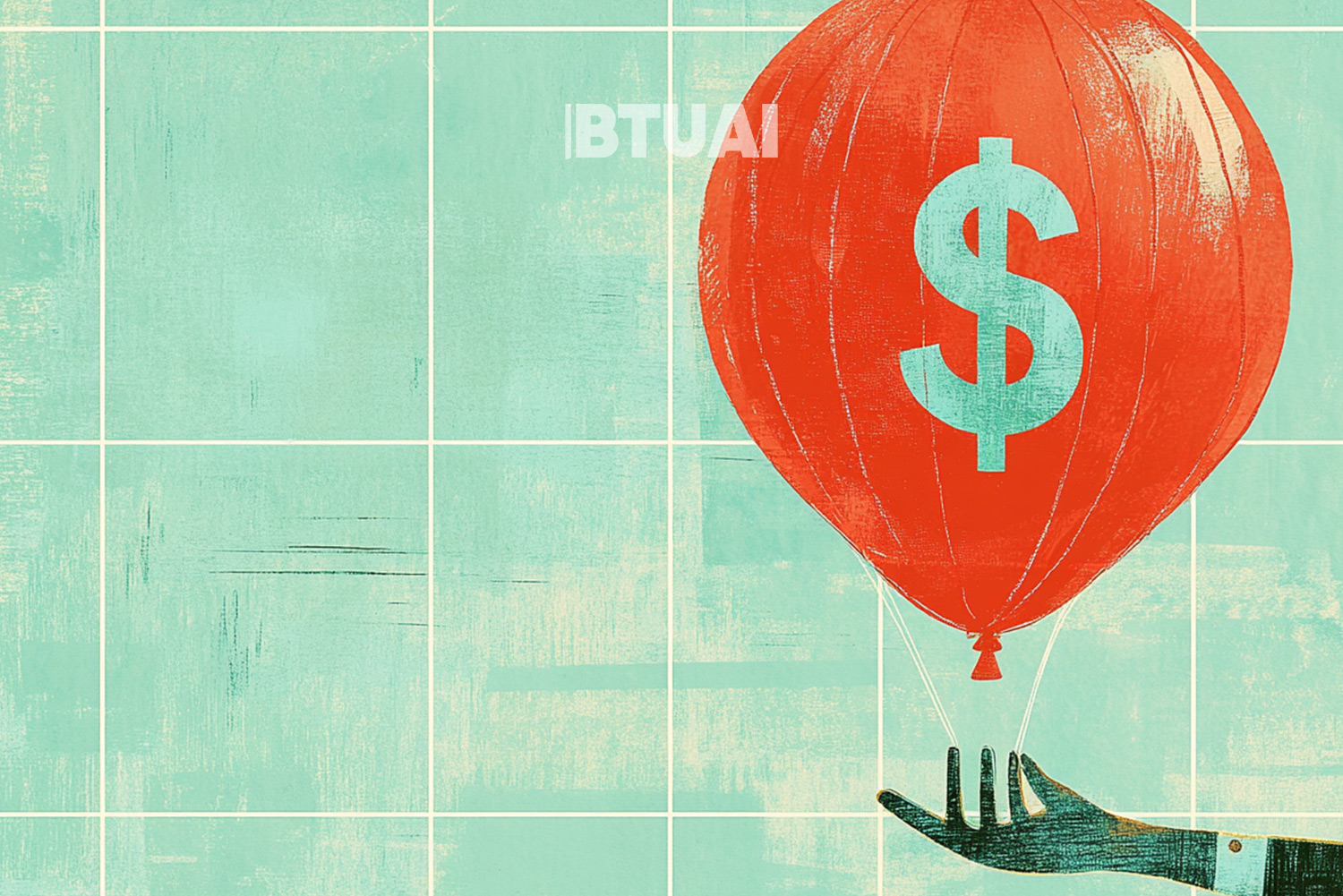Who Is Most Affected by Annual Inflation in Georgia?
According to Geostat, in March 2025, Georgia’s annual inflation rate stood at 3.5%—a relatively moderate figure, but one that

According to Geostat, in March 2025, Georgia’s annual inflation rate stood at 3.5%—a relatively moderate figure, but one that doesn’t impact all consumers equally. Certain groups are more exposed to price hikes, while others feel less of an effect. This divide becomes evident when we look at how prices have changed across different categories of goods and services.
Current Inflation hits hardest those whose budgets are largely dedicated to essentials like food and healthcare. According to the National Statistics Office of Georgia, prices for food and non-alcoholic beverages rose by 6.6%, contributing 2.2 percentage points to the overall inflation rate—the single largest driver. This means low-income households, retirees, and those dependent on small pensions are more severely impacted, as a larger share of their income goes toward basic necessities.
Price increases are especially sharp for staple foods like vegetables (up 21.3%), oils and fats (16.4%), coffee, tea, and cocoa (14.4%), and sugar and sweets (10.8%). These are items found in almost every household, but their weight in the consumption basket is much higher for those with fewer financial resources.
Healthcare has seen an 8.8% price increase, which places additional pressure on the elderly and people with chronic conditions who require regular medical care. Rising costs for medical services and supplies significantly increase their financial burden.
On the other hand, consumers with more stable incomes, savings, and lower exposure to essential spending—such as urban professionals or government-funded groups—feel inflation less acutely. Their spending includes more services, leisure, transport, and technology—areas where annual price changes are either minor or negative. For instance, prices in the communication sector fell by 12.4%, and transport costs dropped slightly by 0.5%.
Inflation, then, is more than a general figure—it serves as a social lens that reveals inequalities across economic groups. In Georgia today, those bearing the brunt of inflation are the consumers for whom every lari matters and for whom even a small price change directly affects their daily lives.




